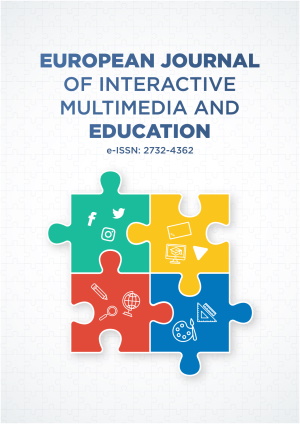Keyword: school
4 articles found.
Research Article
Online Learning Resources, Challenges, and Coping Strategies of Low-Fee Private Schools in Ghana During COVID-19 Pandemic
EUR J INTERACT MULTIMED ED, Volume 3, Issue 2, July 2022, Article No: e02214
https://doi.org/10.30935/ejimed/12518Research Article
Enhancing Students’ Learning of Physics Concepts with Simulation as an Instructional ICT Tool
EUR J INTERACT MULTIMED ED, Volume 2, Issue 2, July 2021, Article No: e02111
https://doi.org/10.30935/ejimed/11259Research Article
21st Century Skill Grouping in Public Vocational School Students in Indonesia
EUR J INTERACT MULTIMED ED, Volume 2, Issue 2, July 2021, Article No: e02110
https://doi.org/10.30935/ejimed/11133Research Article
Teachers’ Perception, Experiences, and Challenges about Teens of Ages 12-14 Years who have Reported Online Digital Insecurity in Kenya
EUR J INTERACT MULTIMED ED, Volume 2, Issue 1, January 2021, Article No: e02102
https://doi.org/10.30935/ejimed/9360
